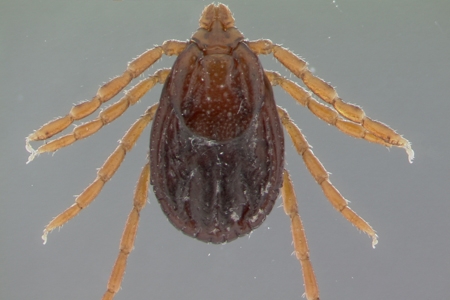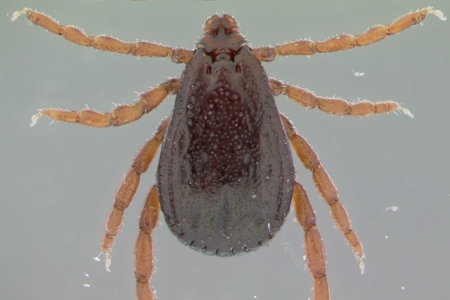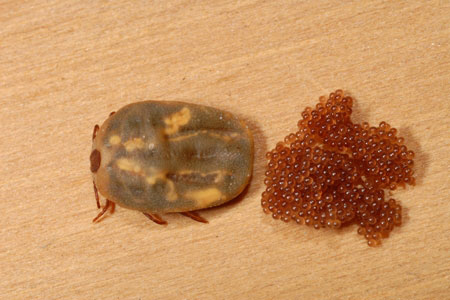Active Seasons




Brown Dog Tick Appearance and Size Facts
Often attaching themselves to pets, brown dog ticks pose a health threat to pets and are a major nuisance for Florida homeowners and business owners. However, there are ways to steer out these pesky critters from your home once and for all. Allow our team at Hulett Environmental Services to help you detect and prevent any potential or future brown dog tick infestations. Here are some basic traits of brown dog ticks for you to begin with:
- Color. These ticks are reddish brown but turn gray-blue when engorged.
- Size. They measure one-eighth of an inch and grow to half an inch when engorged.
- Body. Like most ticks, their body is flattened and oval.
- Region. This species is found throughout the United States.
Distinguishing Brown Dog Ticks From Other Ticks
One of the key ways to differentiate brown dog ticks from other ticks is their lack of markings found along their backs. Many other ticks have noticeable markings on their back that male and female brown dog ticks don’t have. However, if you can’t determine if you have a brown dog tick infestation, turn to professional pest control for help.
We provide tick removal for brown dog ticks in the following locations and their surrounding areas:

Behavior and Habitat of Brown Dog Ticks
Brown dog ticks find their way into your home by hitching rides and feeding off your pets, primarily dogs, as their host. Outside, they scale shrubs, grass, and other shaded vegetation. Once inside, females will drop from their host and lay eggs in whatever crack or crevice they can find. Eggs are laid in masses of 1,000 to 3,000. Adults and larvae can live without feeding for up to eight months in the right temperatures and environment.

Signs of Infestation of Brown Dog Ticks
The most common sign of a brown dog tick infestation is seeing one. Some common locations you can find a brown dog tick include in your yard, on your pet, or on your own body. If you spot a brown dog tick, don’t hesitate to take action and remove it.

Tips for Prevention of Brown Dog Ticks
Effectively preventing a brown dog tick infestation begins in the home and the kennel. Regularly clean areas around the home where your pets are most active. Make sure your dogs also take the right medication for overall tick prevention. Also, clean your dog with shampoo and comb through its fur regularly.
Getting Rid of Brown Dog Ticks
More often than not, home remedies and prevention tactics won’t seal the deal in proper brown dog tick removal. This is why it’s so important to go to professional pest control for the most effective results. With a wide range of treatments for numerous other pests as well, our team of pest control professionals will take care of infestations in residential and commercial spaces.
Effective Brown Dog Tick Solutions
Unsure of where to turn for the best brown dog tick removal services in Florida? Just call Hulett! With our various pet-friendly and green pest control solutions, we don’t just remove your pest problems. We strive for full-on pest prevention as well. Don’t wait. Schedule your free inspection online today!



